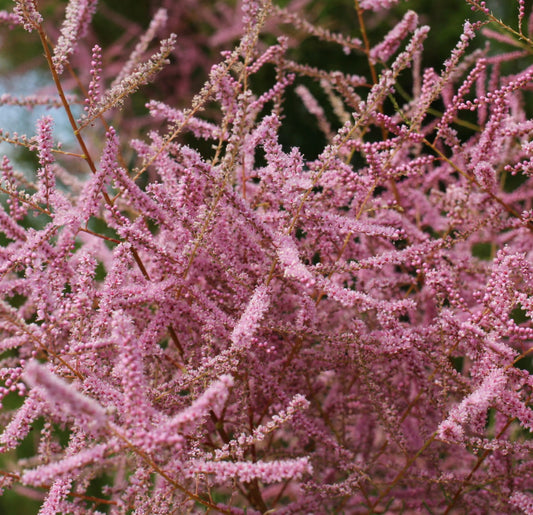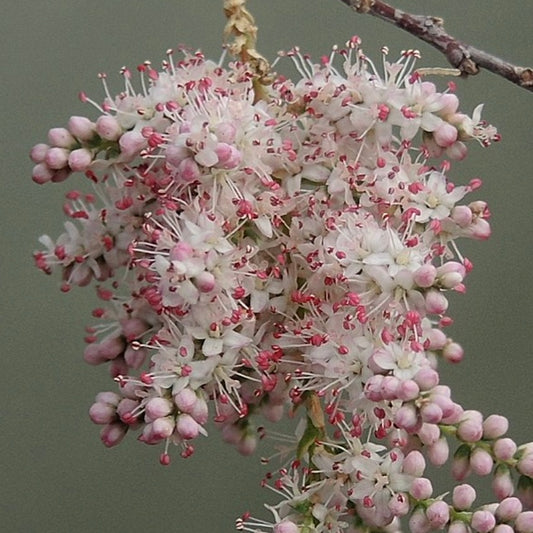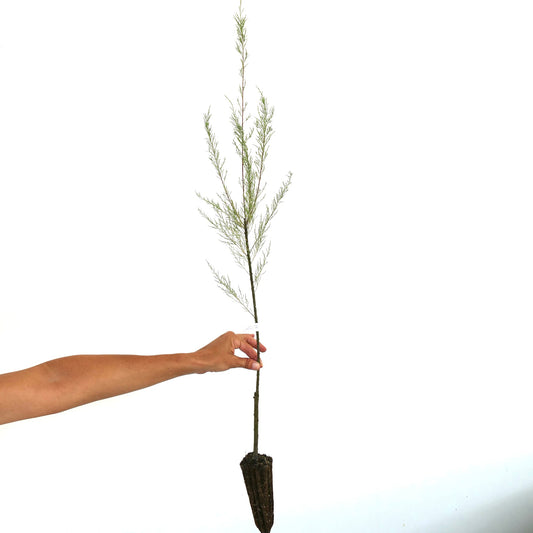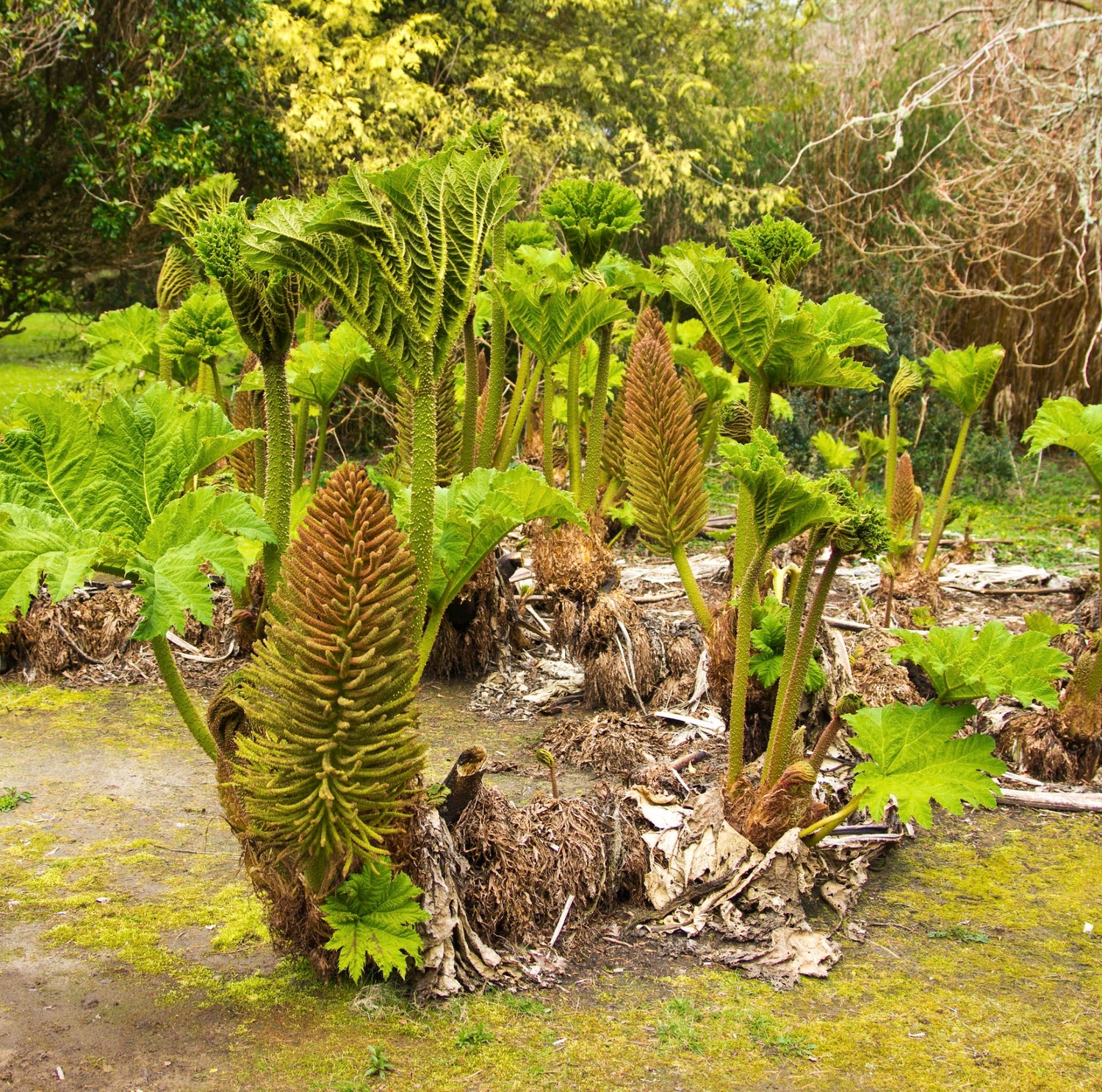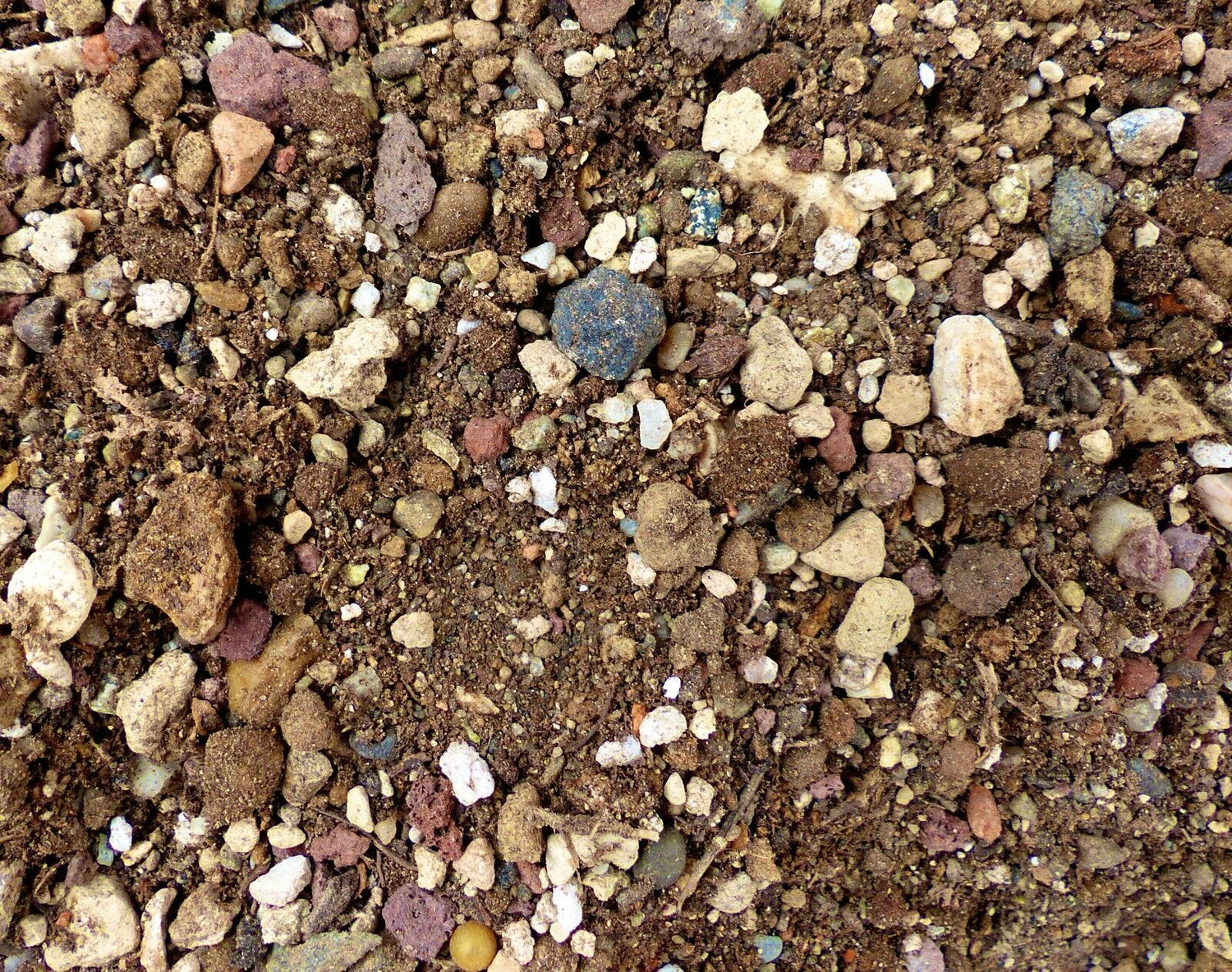Collection: Tamarix
Tamarix: The Resilient Genus of Salt-Tolerant Shrubs and Trees
An Overview of the Tamarix Genus
The Tamarix genus consists of around 50 species of deciduous shrubs and small trees, commonly known as tamarisks. These plants thrive in arid and saline environments, making them highly adaptable. Notable species include Tamarix gallica, Tamarix aphylla, and Tamarix ramosissima, which are valued for their ornamental beauty and ecological importance.
Tamarix and Its Environmental Adaptability
One of the key attributes of Tamarix species is their incredible drought resistance. These trees can tolerate high salinity, making them a popular choice for erosion control and soil stabilization. Their deep-rooted systems help in water conservation, making Tamarix plants essential for sustainable landscaping.
Ornamental and Landscaping Uses of Tamarix
With their feathery foliage and delicate pink flowers, Tamarix shrubs are widely used for garden design and landscape architecture. Tamarix ramosissima, in particular, is a favorite for decorative hedging and windbreaks in coastal and desert regions.
Ecological Impact and Management of Tamarix
While Tamarix trees offer environmental benefits, some species, like Tamarix chinensis, are considered invasive in certain regions. They can alter water tables and outcompete native flora, requiring careful management. Despite this, they remain valuable in drought-prone environments and restoration projects.

